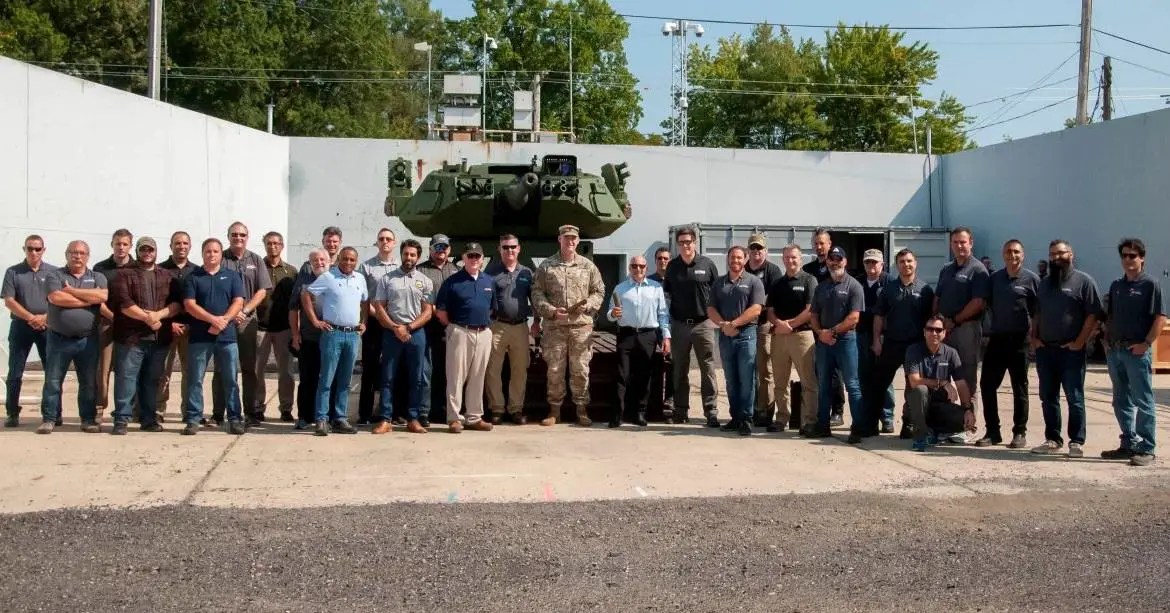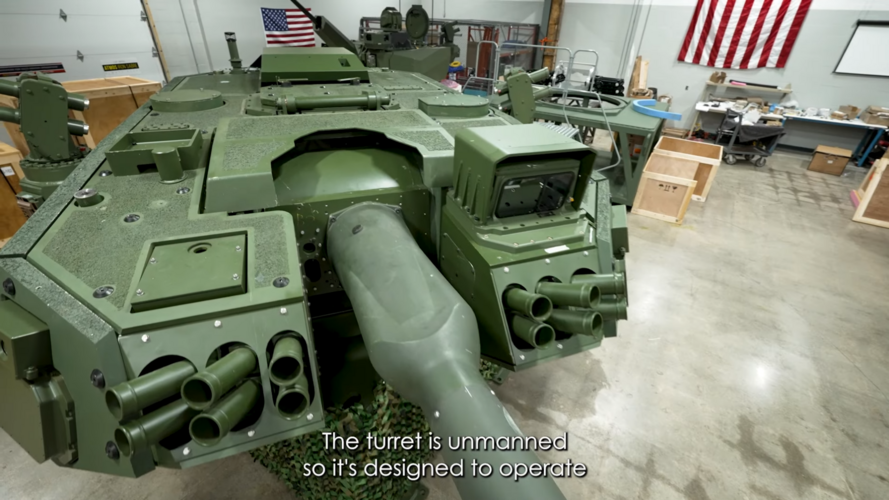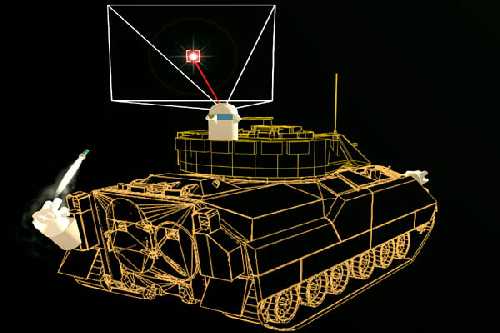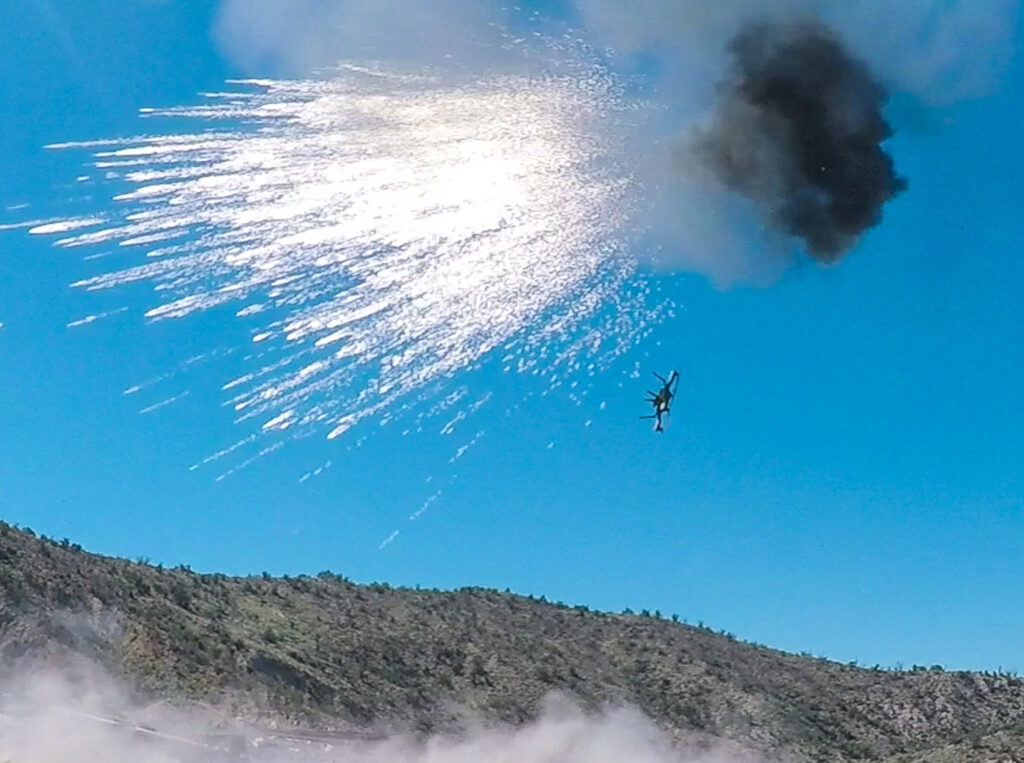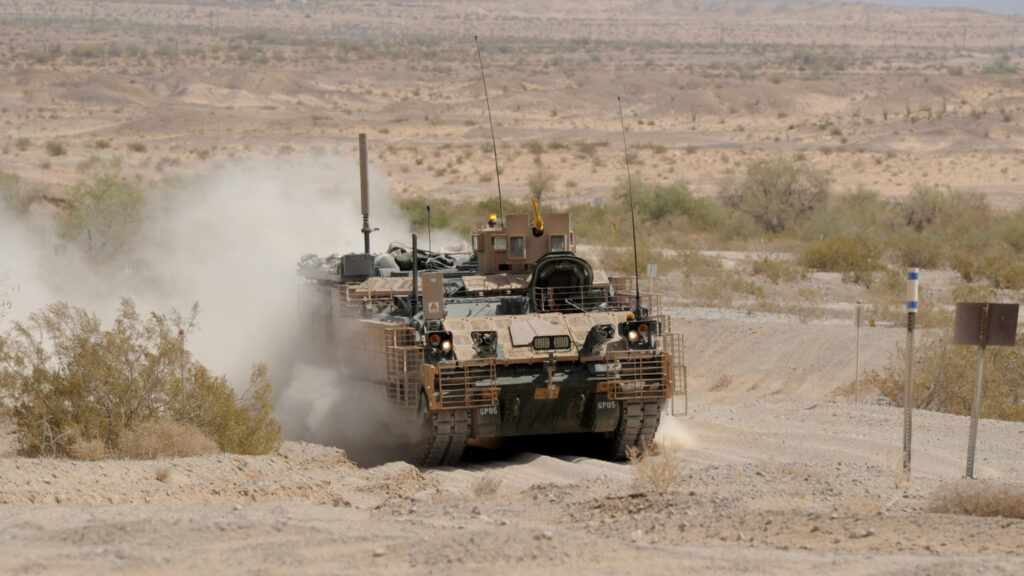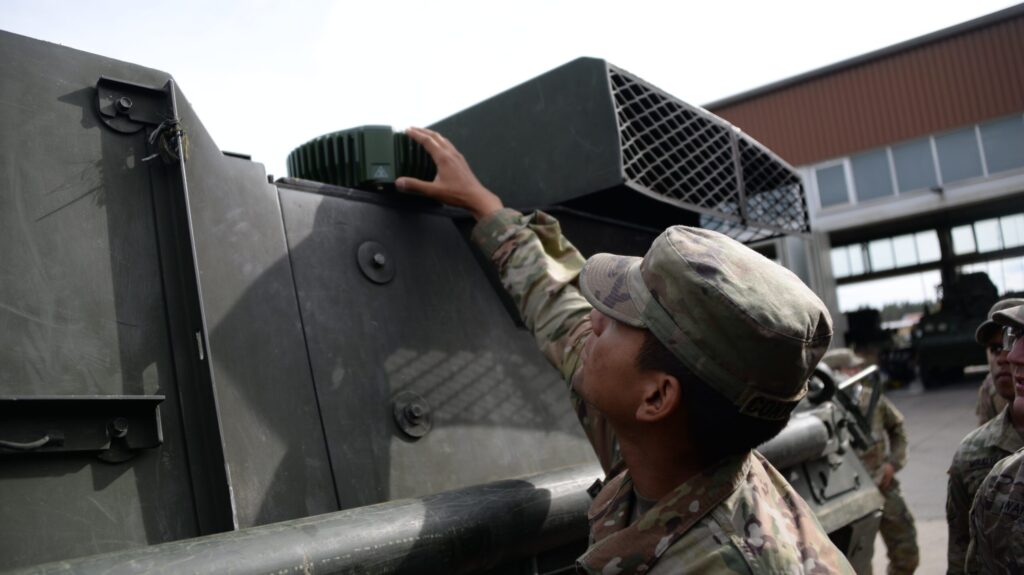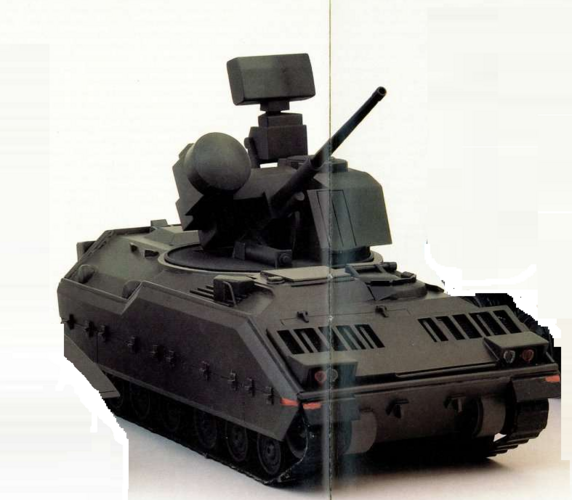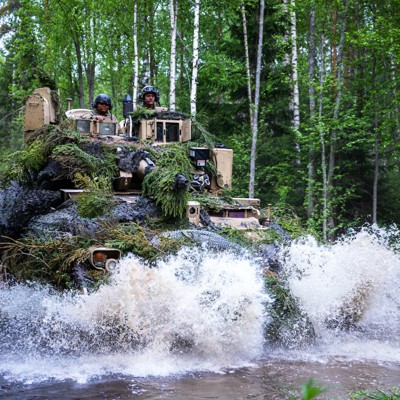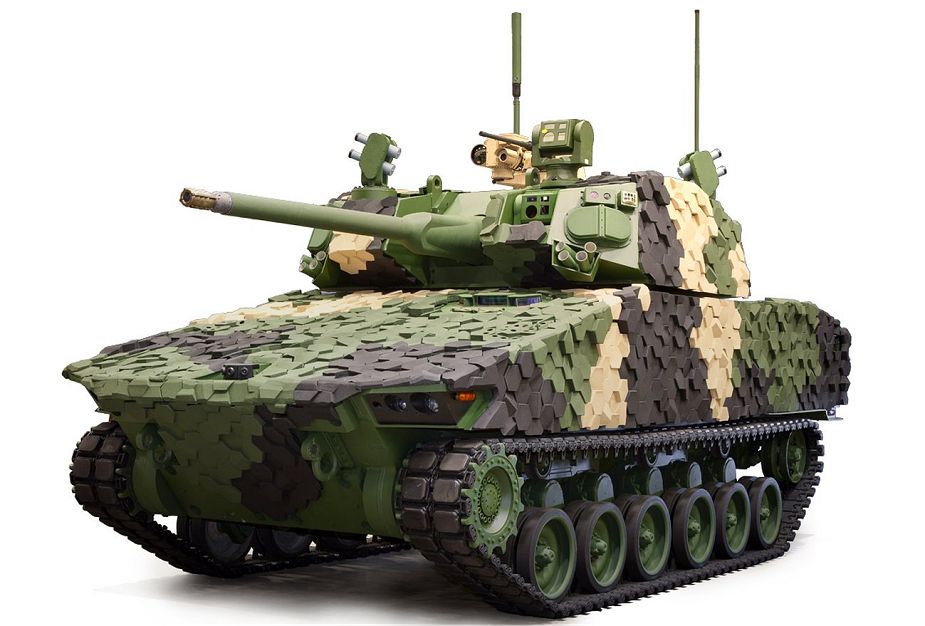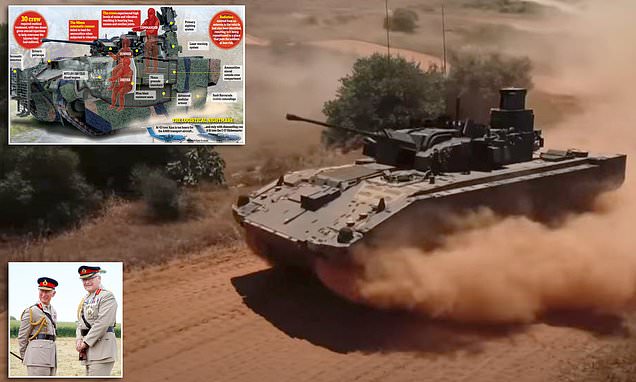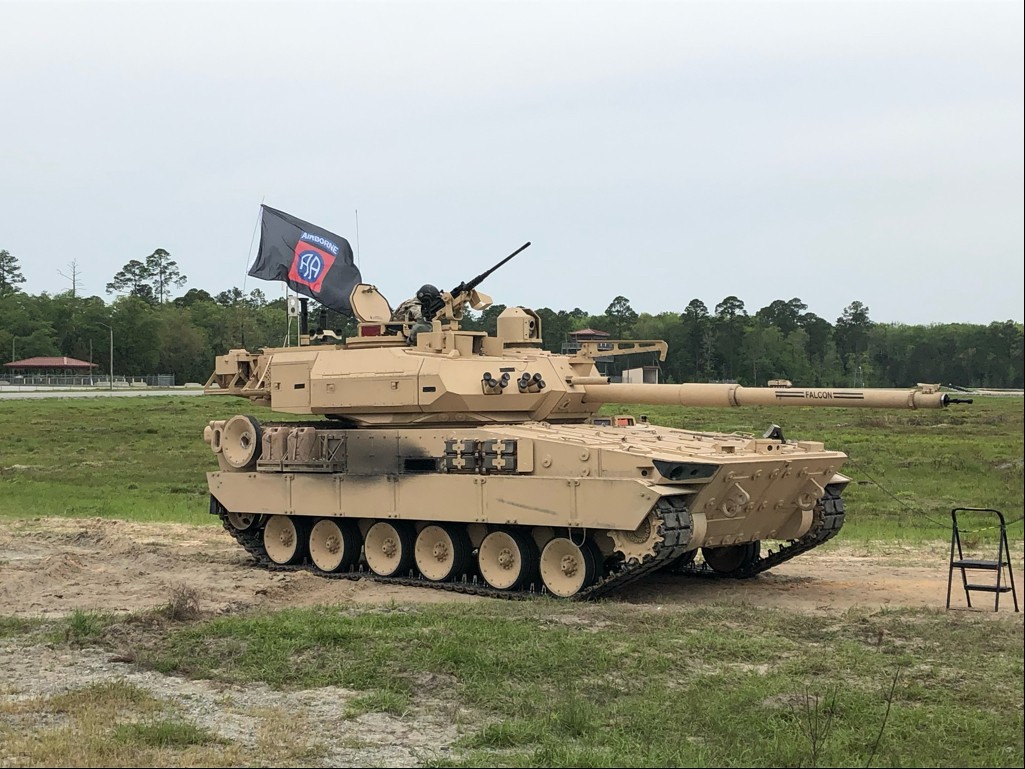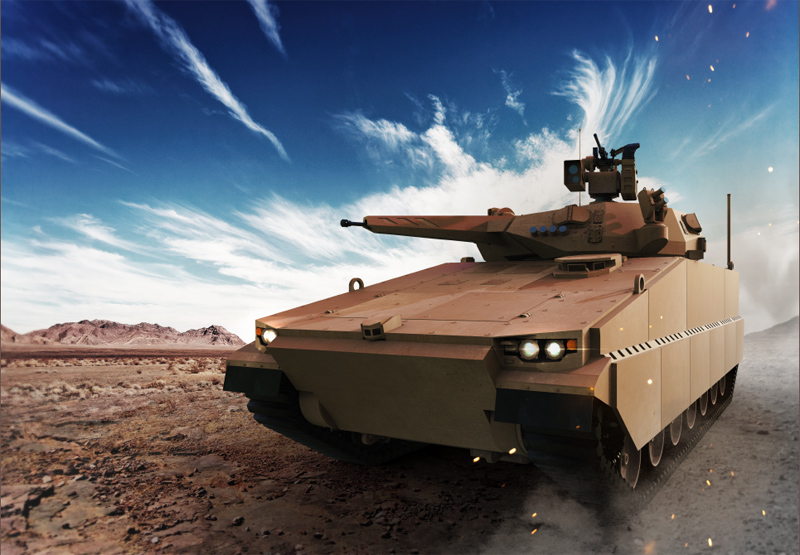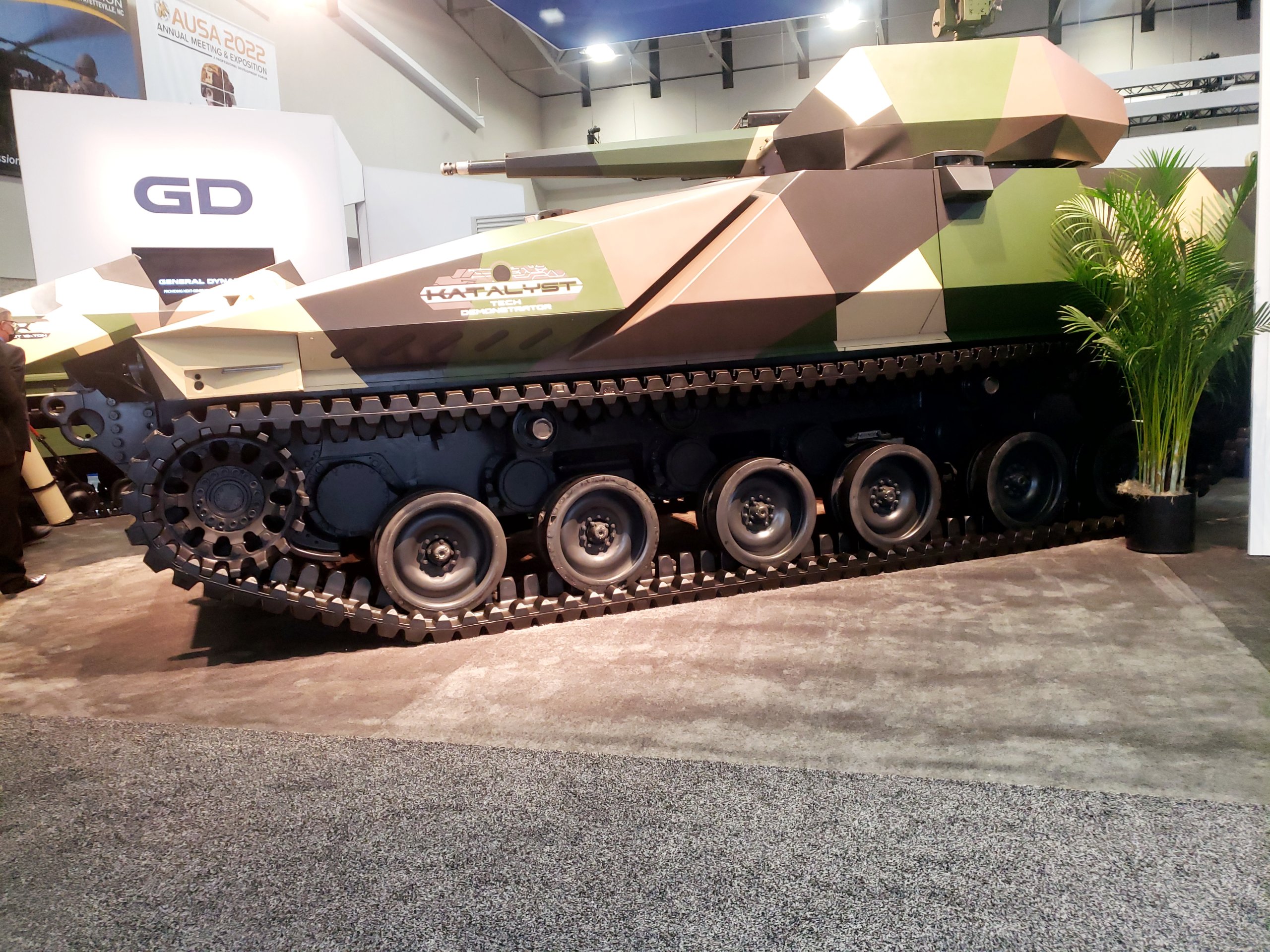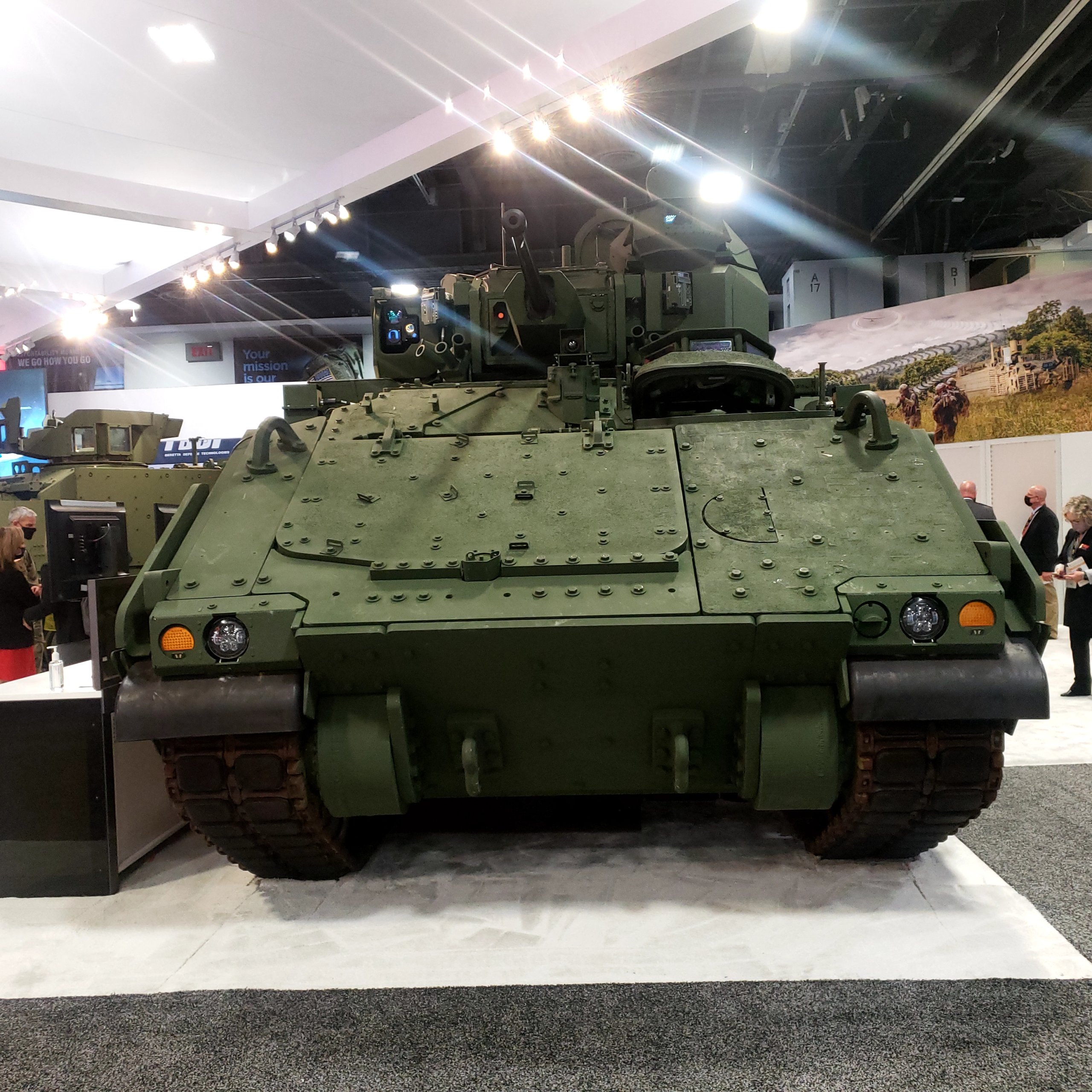Kat Tsun
eeeeeeeeeeeeeee
- Joined
- 16 June 2013
- Messages
- 1,371
- Reaction score
- 1,778
The mine boxes on the back of the Bradley, where the Claymores and anti-tank mines go, were going to be replaced by little VLS silos for SIDS.
Yes, the actual BAE OMFV literally does not exist. It won't exist for some years, so why are you talking about it? The only thing that exists is the RB301 which is a Bradley with a "stuff moved around"/restowed hull and the UT30 turret. BAE is offering that to the Army as a phased-in design, while they actually figure out what the 50mm turret is going to be, because the timetable is a bit too tight for an actual new wagon...
Then again given that BAE's crude computer renderings don't include stowage boxes, hinges for the side armor skirts, or mounting points for troops' rucksacks and whatnot, should you assume it won't include those either? The BAE RB301, the closest thing to the actual OMFV that exists right now, has a coaxial literally right next to the gun. The OMFV will be pretty much identical, except possibly with a new design 50mm gun, or a Bushmaster III in a slightly larger turret.
I'd imagine the most difficult and more important thing would be the functional robotic driving and teleoperation features tbh.
Yes, the actual BAE OMFV literally does not exist. It won't exist for some years, so why are you talking about it? The only thing that exists is the RB301 which is a Bradley with a "stuff moved around"/restowed hull and the UT30 turret. BAE is offering that to the Army as a phased-in design, while they actually figure out what the 50mm turret is going to be, because the timetable is a bit too tight for an actual new wagon...
Then again given that BAE's crude computer renderings don't include stowage boxes, hinges for the side armor skirts, or mounting points for troops' rucksacks and whatnot, should you assume it won't include those either? The BAE RB301, the closest thing to the actual OMFV that exists right now, has a coaxial literally right next to the gun. The OMFV will be pretty much identical, except possibly with a new design 50mm gun, or a Bushmaster III in a slightly larger turret.
I'd imagine the most difficult and more important thing would be the functional robotic driving and teleoperation features tbh.
Last edited:

